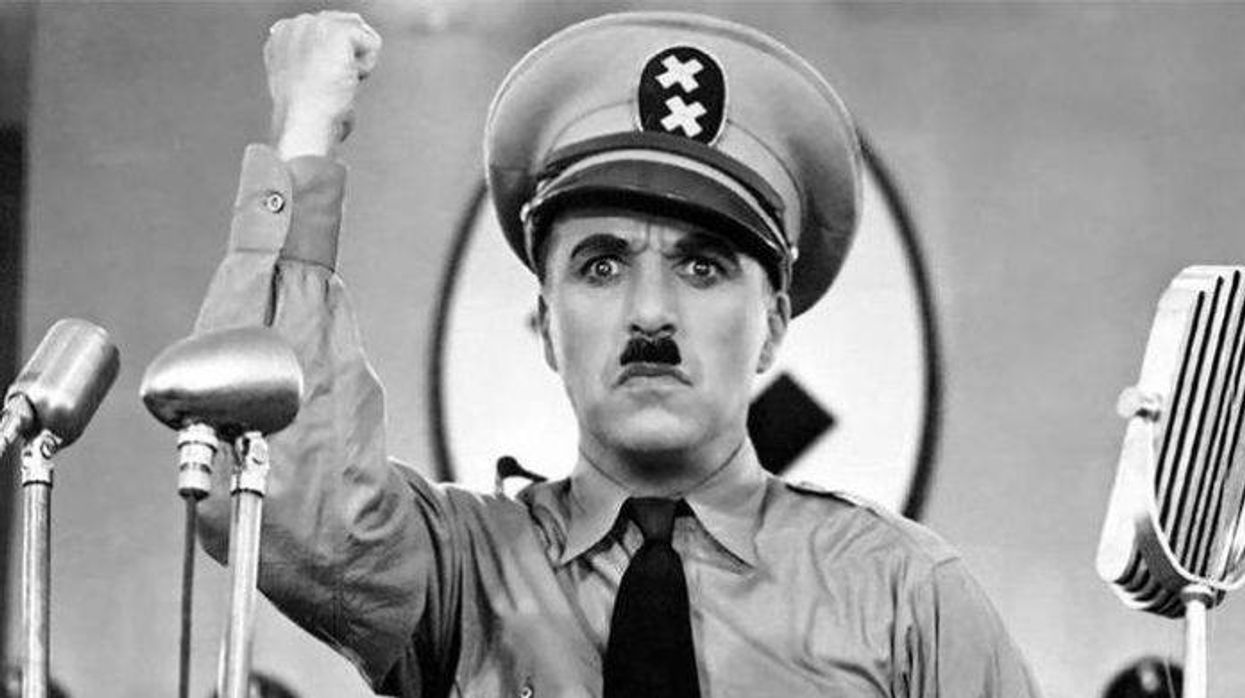The strategy of breaking the fourth wall has been employed by visual artists all the way back to the times of a little guy named William Friggin' Shakespeare. Nowadays, when we're not watching a Jonathan Demme film or The Big Short, we mostly see it used in comedies as a means to produce a couple quick laughs. But back in Billy Shake's day, it was used to create some of the most dramatic moments in theater history. What Shakespeare once called "soliloquies" has become a favorite tactic for many modern filmmakers.
For those of you who have never been to a stage play, sets are built with right, left, and back walls. The term, therefore, refers to the audience's perspective: an imaginary "fourth" wall located at the front of the stage. Breaking the fourth wall occurs when the actors ignore this invisible wall and talk to the audience directly.
Take a look at just how many directors take advantage of the fourth wall in the montage below, edited at a furious speed by a video essayist mysteriously named Mr. H.
As the video essay explains, "Breaking the fourth wall is when a character acknowledges their fictionality, by either indirectly or directly addressing the audience. Alternatively, they may interact with their creator (the author of the book, the director of the movie, the artist of the comic book, etc.). This is more akin to breaking one of the walls of the set, but the existence of a director implies the existence of an audience, so it's still indirectly Breaking The Fourth Wall."
There are many examples of directors who have broken the fourth wall in the video above to get you started busting down walls of your own. And remember—this tactic doesn't exclusively belong to comedy. Check out how many times Hitchcock famously used the technique to bring us into his characters' existential crises. Get creative!
Source: Mr. H













